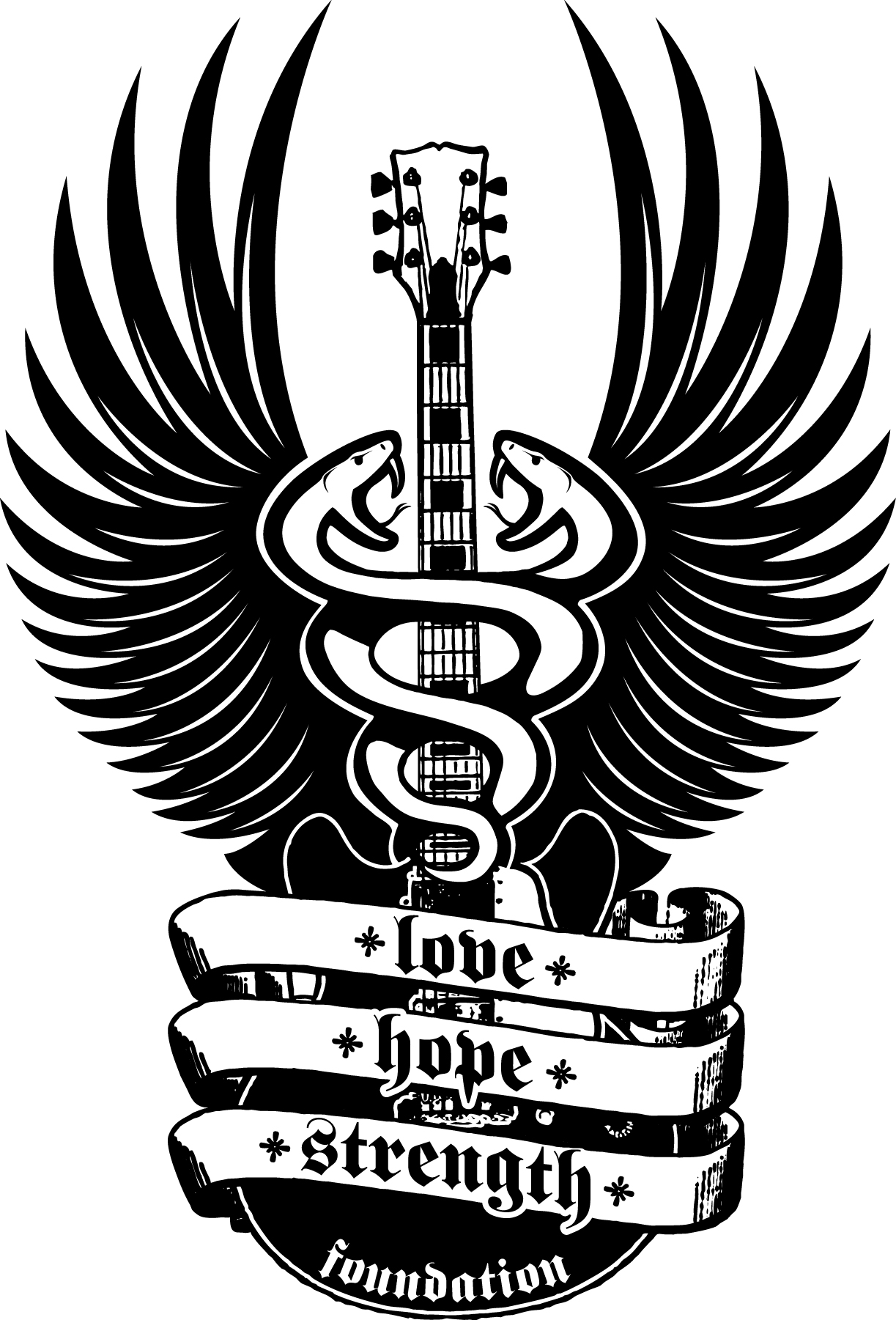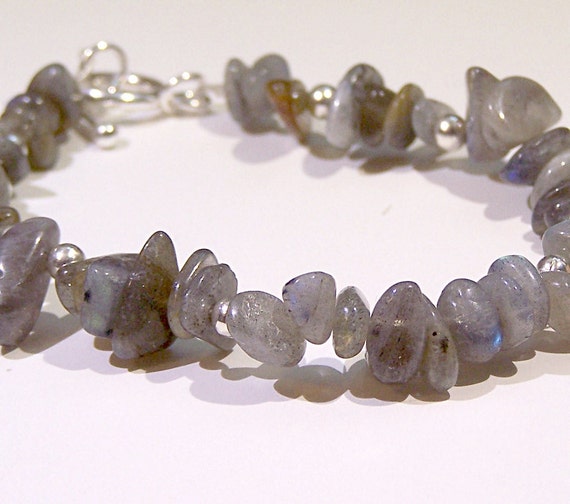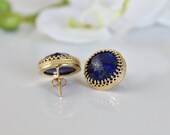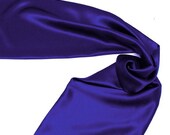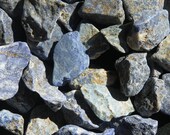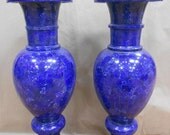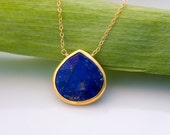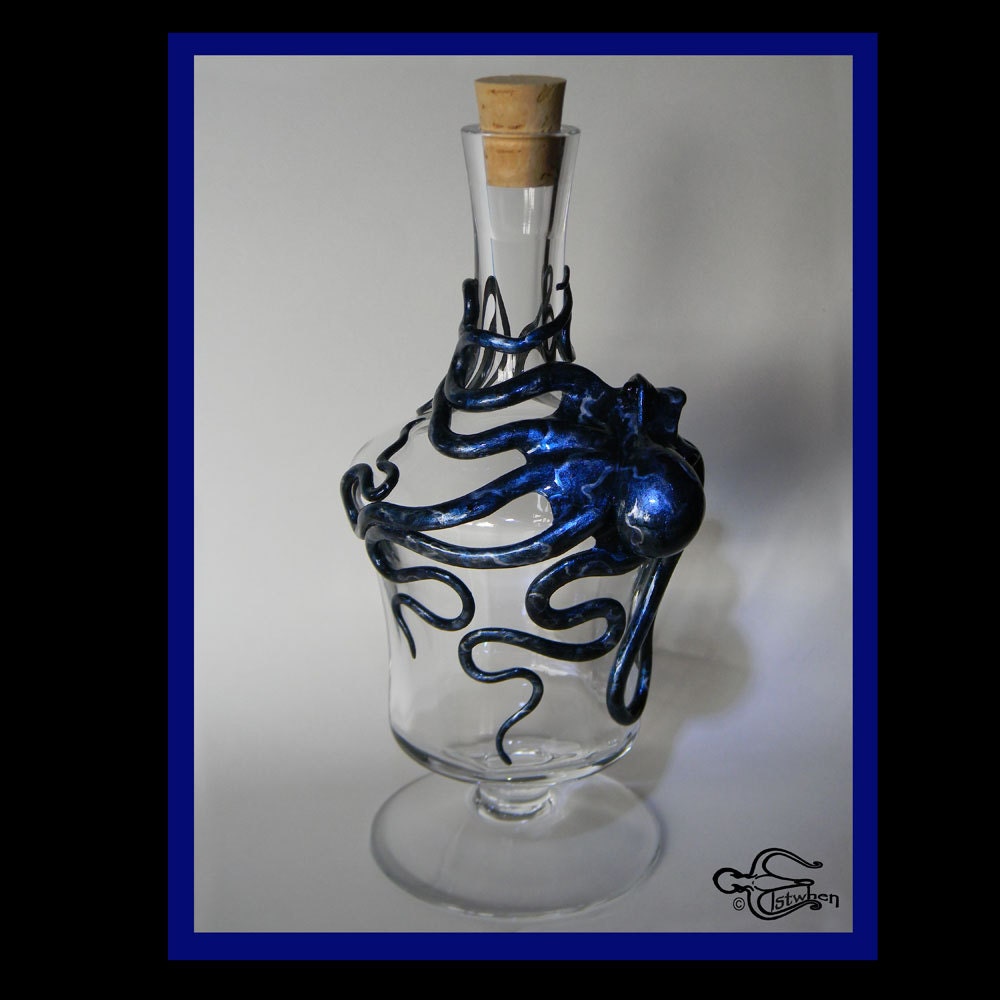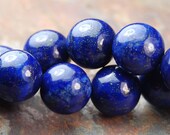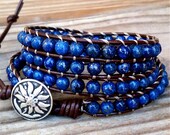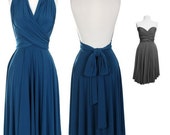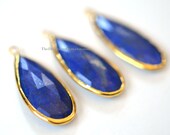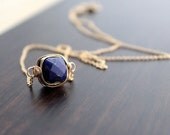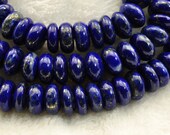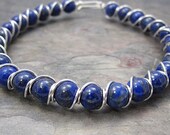Birthstones is a topic that I see a lot selling beads, stones, and jewelry, yet I know very little about it myself—aside from the table of values we have as a "cheat sheet" in the store, which I have committed to memory by this point. I thought I'd put together a rough little guide to birthstones for my own edification as well as that of others. In the interest of brevity, I'll be breaking this into multiple parts. This first part details the earliest known history and appearances of what we would consider birthstones.
The history of birthstones first appears around 3000 BCE, in India and Mesopotamia. Both regions had developed intricate and highly respected astrological systems. These were complex systems loaded with mythology, imagery, relationships, and mathematics. In their day, astrologers were considered scientists and much of what they studied overlapped with what is today considered astronomy.
The Babylonian (Mesopotamian) system eventually, with significant Greek and Medieval influence, became the Zodiac with which most Westerners are familiar; your reply to the cheesy, "Hey baby, what's your sign?" pick-up line stems from this system.
The Indians and Babylonians also ascribed magical and spiritual powers to gemstones, depending on their color and quality, associating them with a planet or luminary object based on their color. Specifically, stones were thought to absorb and hold the vibrations of their associated planetary object. If an astrologer noted a particularly unfavorable aspect of your chart, they would recommend a gem to balance it out, or to give extra strength to your already-strongest planet. Thus the idea of a "birthstone"—a stone you could wear or carry that was associated with the specific instances of your birth—first took place. The planets and their associations are as follows:
- The Sun is associated with ruby, red spinel, red garnet, and red tourmaline.
- The Moon is associated with saltwater pearls, moonstone, white coral, and ivory.
- Mercury is associated with emerald, tsavorite, green tourmaline, peridot, jade, and diopside.
- Venus is associated with diamond, white sapphire, zircon, and colorless quartz.
- Mars is associated with carnelian, red coral, and all-red bloodstone.
- Jupiter is associated with yellow sapphire, yellow topaz, yellow beryl, and yellow tourmaline.
- Saturn is associated with blue sapphire, blue tourmaline, iolite, and amethyst.
Vedic astrologers also take the day of the week and the hour of the day into account. Each day is associated with a different planet, and each hour of the day has its own ruler as well. The hour rulership changes depending on the day, but the planet and day relationships are:
- The Sun rules Sunday.
- The Moon rules Monday.
- Mars rules Tuesday.
- Mercury rules Wednesday.
- Jupiter rules Thursday.
- Venus rules Friday.
- Saturn rules Saturday.
Thus, if you were born on a Sunday and had a lot of Venus in your chart, you could claim diamonds and rubies as your birthstone. And if you were born in one of Mercury's hours on that day, emeralds as well.
And yet the actual month of your birth is nowhere in sight!
Another important early link between astrology (and thus birth dates) and gemstones was the work of Titus Flavius Josephus, a first century CE Jewish historian and scholar. He connected the twelve stones of the Hoshen (the sacred breastplate worn by the Israelite High Priest) to the twelve calendar months as well as the twelve Zodiac signs. He liked it so nice he did it twice, as the saying goes; Josephus actually leaves us with two different lists. The original text in Exodus makes it unclear which stones are referenced or how they are marked; what IS clear is that it was meant to be a three-by-four grid, with the names of the twelve tribes of Israel carved on (or associated with) each stone. The whole thing was to be set in a square, gold setting, which the priest would tie to his front.
 | 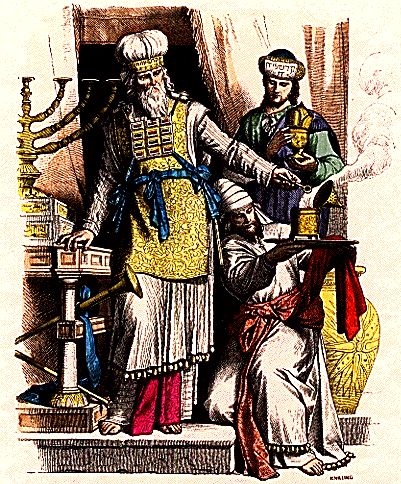 |
| One interpretation of the Hoshen. | The Hoshen in action. |
The possible stones, along with their Zodiac signs, are listed from right to left. In the first row:
- Sard, carnelian, or jasper for Aries and March.
- Chrysolite or peridot for Taurus and April.
- Yellow beryl for Gemini and May.
The second row:
- Carbuncle or ruby; malachite or turquoise (there is debate over whether the specific word used indicates a reddish stone or a green-blue stone) for Cancer and June.
- Lapis lazuli for Leo and July.
- Unknown, possibly onyx for Virgo and August. The word in the Greek translation of the Hebrew writings (onychion) is the same word used for onyx; however, what is considered onyx today wasn't mined until the classical era of Greece. Onychion could have referred to any pink-white stone. Other scholars have suggested diamonds, but the art of diamond cutting was unknown at that point in history.
The third row:
- Amber, jacinth, tourmaline, or yellow agate (perhaps citrine?) for Libra and September. There is a lot of debate over this stone as well. The attribution by Josephus is a stone that was referred to in classical texts as lyngurium, which was noted for its electrical properties and ability to attract metal. (Our English word "electric" and its derivatives comes from the Greek word for amber, elektron.)
- Blue lace agate (or another blue agate) for Scorpio and October.
- Amethyst for Sagittarius and November.
The fourth row:
- Yellow topaz, amber, yellow jasper, serpentine, or flint for Capricorn and December. The favorite for this stone is yellow topaz, though it is a favorite by a slim margin only. The original Hebrew word, tarshish/tarsis, could refer either to the location of Tarshish (and any mineral thereof), or could be a corruption of asshur, which has been confirmed to refer to flint. There are two different Greek words given in the translation: chrysolithos ("gold-stone") and anthrax ("coal"), which adds to the confusion.
- Yellow beryl, onyx, malachite, or emerald for Aquarius and January. Jewish tradition favors yellow beryl; scholars favor malachite.
- Ruby, emerald, or hyacinth; a greenish form of jasper for Pisces and February.
The other important mention of gemstones in the Bible is in the Book of Revelation, referring to a city wall. Each layer of this wall is built out of a different stone, which all seem to be a throwback to the stones in the Hoshen. However, it's important to remember that Revelation was written in Greek by John of Patmos, long after Exodus in the original Hebrew. He also didn't connect any of the stones to a birth month or Zodiac sign or symbol, though later scholars would associate each of the apostles with a stone from John of Patmos' list.
Beyond ancient Mesopotamia and India, however, there is little to no record of people wearing precious gems specifically associated with their birth and birthday in particular, and absolutely no record that connects gems to an individual's birth month as defined by the Gregorian calendar. In Europe there was the practice of wearing each gemstone in its associated month (in the associations given by Josephus); claiming one as "your own" specifically because of your birth month dates back, at the earliest, to the 1560s in Germany.
Next up: Birthstones: Contemporary History

